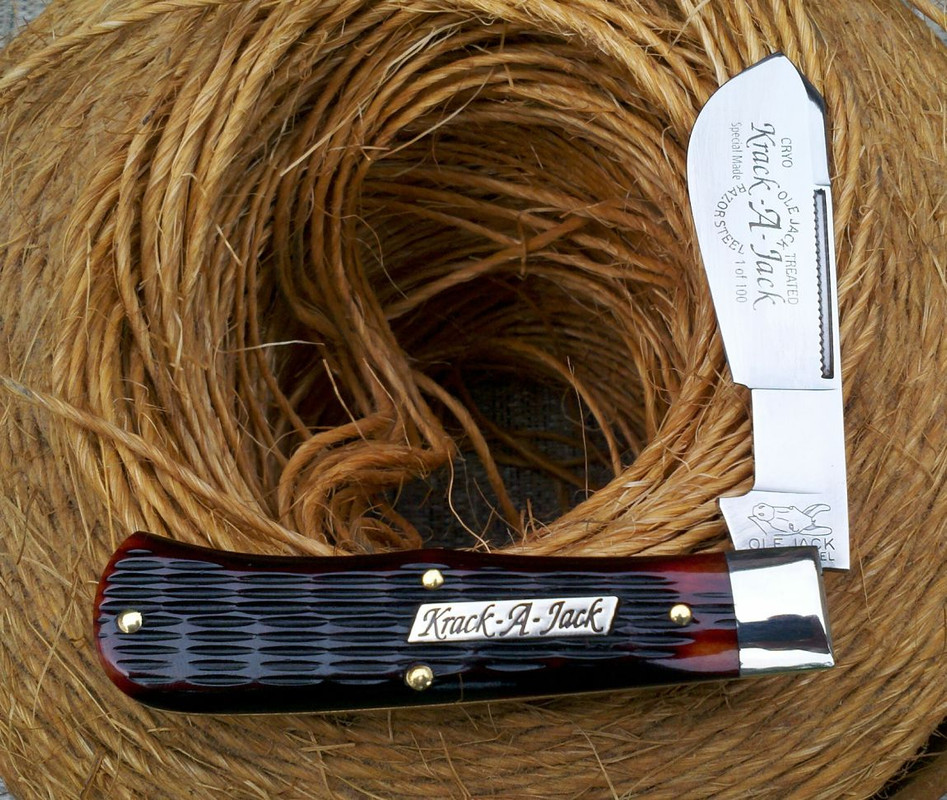- Joined
- Jan 31, 2009
- Messages
- 134
The BladeForums.com 2024 Traditional Knife is available! Price is $250 ea (shipped within CONUS).
Order here: https://www.bladeforums.com/help/2024-traditional/


A perfect dedicated skinner IMO.
Regards
Robin

Fantastic reading, and love the reprint of the blades and handles. Well done.As the name implies, it was for sampling bales of cotton. They had to be sorted to their respective staples. Fiber lengths. This was usually done at the compress after the cotton had left the gin where it is cleaned of seeds, hulls and other trash and first compressed in to bales of 350-500# each. Then they are taken to a compress for sorting, sampling and further compression before being sold. Today, like the Tidioute name, the blade shape is mostly a nostalgia shape.
c.1930 E.C. Simmons catalog showing this blade type.

"NICE"I recently ordered both large and small models from Rough Rider, in ram's horn bone and stag bone, respectively. Haven't used either one very much yet, but I think the larger one will do well in the kitchen with the cutting I do for food prep.
View attachment 1176754
- GT

